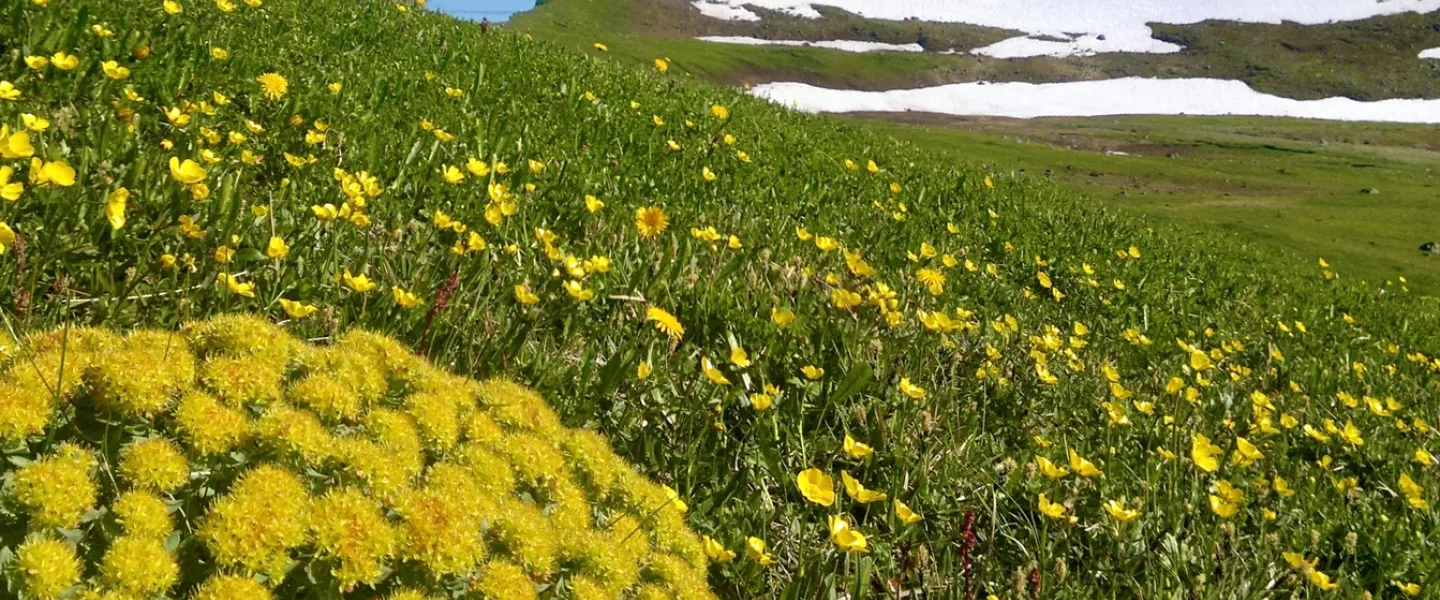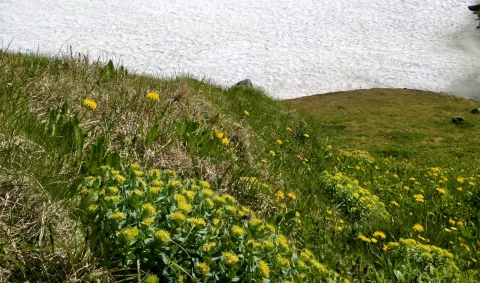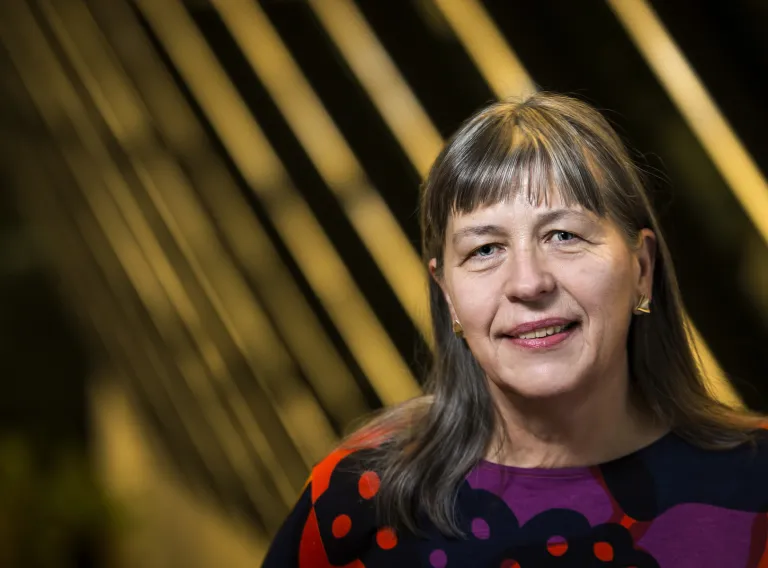
"The Arctic root (Rhodiola rosea) is without a doubt one of the most valuable medicinal plants in the Icelandic flora," says Þóra Ellen Þórhallsdóttir, professor of botany at the University of Iceland who is currently leading a study on the Arctic root with a grant from the Technology Development Fund. Þóra Ellen has specialised in primary succession, reproductive ecology and valuing nature; all relevant in this project, and she also focuses on climate change in her research.
Even though Arctic root can be found in all parts of Iceland, from the shore to an elevation of a 1,000 m; it is by no means common. "It is mostly bound to cliffs, canyons and eyots in lowland, but as sheep are rare in the highlands broad fields of it can be found there in moors and wetland. It also grows on very bare mountains, such as in the West Fjords. I believe that the Arctic root was collected here in Iceland in the last decade and it seems to be gone in at least one place in the central highlands due to this gathering rather than pasture. Because it is the root stem that is used so the whole plant must be excavated."
The research project is called "Selection and cultivation of the Arctic root as a quality product." The aim is to compare different varieties of Arctic root in Iceland with a view to ecology, production, genetic diversity and to what degree the plants are related.
"The plants will then be put into experimental cultivation for two years to compare growth and the characteristics of different varieties, and their ways of reproduction."





